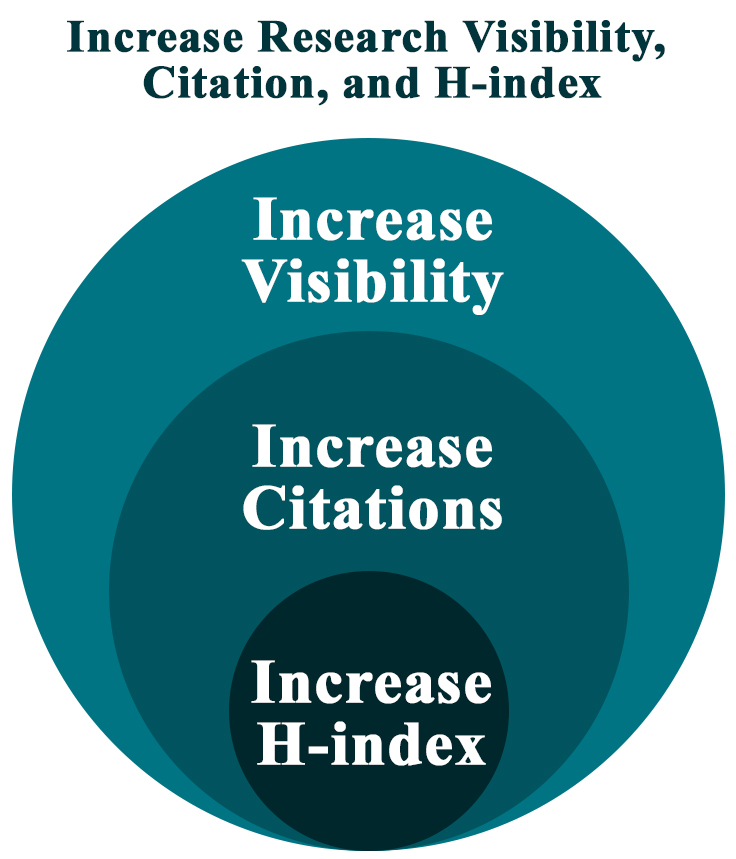
Within the scholarly discourse, citation patterns are crucial in determining the prominence and influence of research. This complex network of academic references illustrates how ideas are related. It significantly impacts how scientific knowledge is acknowledged and shared within the academic community.

What are Citation Patterns?
In academic works, citation patterns relate to the organized methods of acknowledging and referencing sources. The constant application of citation styles, such as APA or MLA, to assign ideas, facts, or quotes to their relevant sources is one pattern that differs between fields.

What is the Significance of Citations?
Three reasons exist for citing or recording the sources you used for your research:
- It properly acknowledges the writers of any phrases or concepts you use in your paper.
- It allows readers to find your sources and read more about the ideas you present in your paper.
- You may prevent plagiarism by regularly and adequately citing your sources.
What are the Types of Citation Patterns?
Different source types have different citation styles. APA, MLA, and Chicago have frequently used citation styles in academic writing.
- The social sciences use APA (American Psychological Association), the humanities MLA (Modern Language Association), and other fields use the Chicago style.
- Each has specific rules for citing books, papers, websites, and other resources.
- Scholarly or historical writings may also utilize endnotes or footnotes.
Citation styles protect academic integrity, guarantee correct attribution, and make it easier for readers to find the text they are referencing. Following particular style requirements improves the coherence and clarity of academic writing.
What is the Influence of Citation Patterns on the Visibility of Research?
Citation patterns are crucial in establishing how widely known and influential research is. The relevance of a work within the academic community is reflected in the frequency and context of its citations. High citation counts are frequently a sign of broad impact and recognition. The research mentioned in esteemed journals or by respected academics gains even more exposure.
On the other hand, a few citations could make you less visible. Researchers should carefully choose which reputable journals to publish and encourage teamwork to improve their chances of receiving citations.

What are the Factors Influencing Citation Patterns?
Various factors, including academic relevance, author reputation, publication impact, novelty of research, and discipline standards, impact citation patterns. Other factors are the reliability, timeliness, and accessibility of the sources.
Furthermore, citation patterns and practices can be influenced by social and cultural variables that exist within academic communities.
What are the Citation Metrics and Tools?
Citation metrics help in academic evaluation by quantifying the influence of scholarly works. Standard measures include:
- The impact factor (journal influence).
- Citation count.
- H-index (productivity and impact).
Citation monitoring is made more accessible by resources like Scopus, Google Scholar, and Web of Science, which aid academics in evaluating their own and other people’s contributions. These measurements and instruments are essential for assessing the impact of scholarship, supporting funding decisions, tenure decisions, and academic recognition.
Conclusion
To sum up, citation patterns are crucial in determining how visible research is. The influence and applicability of a study within the academic community are shown in the interconnected web of citations. To improve the distribution and acknowledgment of their work, researchers must comprehend and skillfully navigate these patterns.
